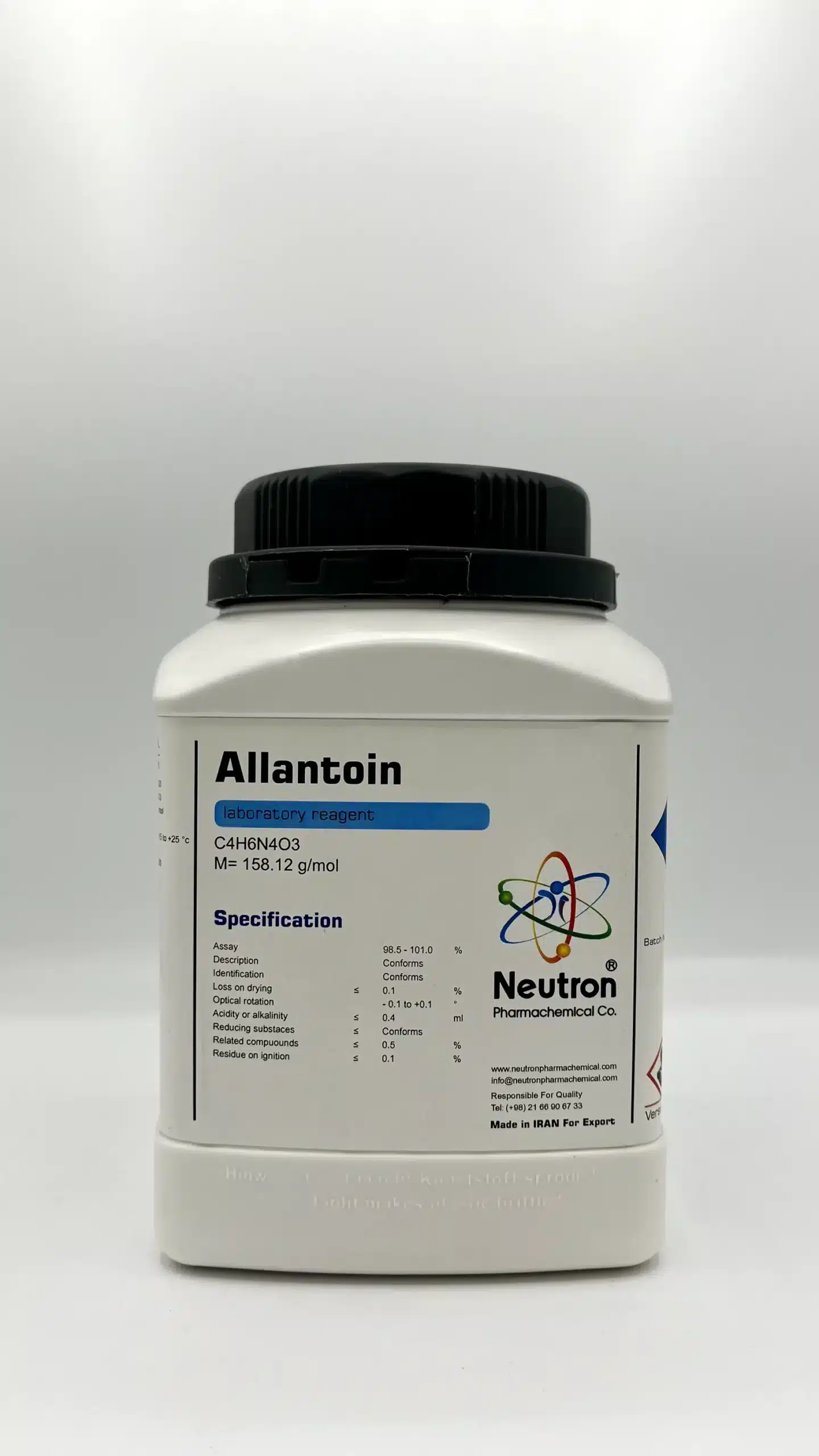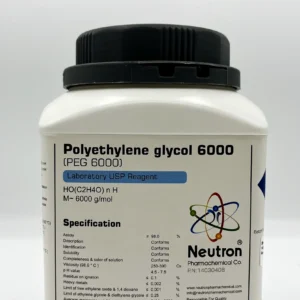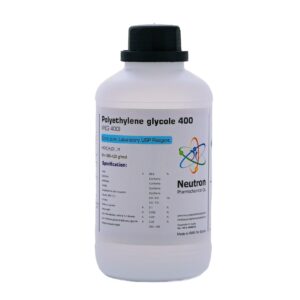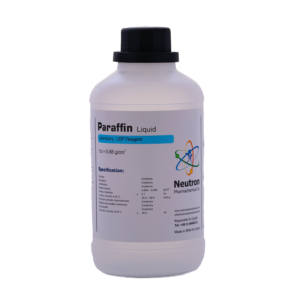آلانتوئین
| Formula | C4H6N4O3 |
| Chemical formula | C4H6N4O3 |
| Molar mass | 158.12 g/mol |
| CAS number | 97-59-6 |
| Storage | store at +15 to +25 °c |
| SDS | available |
| RTECS | YT1600000 |
| Assay | 98.5 – 101.0 | % | |
| Description | Conforms | ||
| Identification | Conforms | ||
| Loss on drying | ≤ | 0/1 | % |
| Optical rotation | – 0.1 to +0.1 | ° | |
| Acidity or alkalinity | ≤ | 0/4 | ml |
| Reducing substaces | ≤ | Conforms | |
| Related compuounds | ≤ | 0/5 | % |
| Residue on ignition | ≤ | 0/1 | % |
Allantoin is a chemical compound that is a product of purine metabolism found in many plants and animals. It appears as a white, odorless, crystalline powder. Allantoin is known for its moisturizing, soothing, and healing properties.
🏭⚗️ Production
Allantoin can be extracted from the comfrey plant or produced synthetically through the oxidation of uric acid.
🔬 Properties
Allantoin is a white crystalline powder that is soluble in water and slightly soluble in alcohol. It is non-toxic and non-irritating, making it suitable for use in skin care products.
🧪 Applications
• Cosmetics and personal care: Used for its moisturizing and skin-soothing effects in creams, lotions, and ointments.
• Pharmaceuticals: Employed in wound healing and treatment of skin irritations.
• Industrial uses: Added to hair care products to improve scalp health.





